That Champagne You’re Drinking Isn’t Champagne
by dose, 9 years ago |
8 min read
Get your bubbles straight with this handy guide.
Who doesn’t love Champagne? It’s one of the only kinds of alcohol that seems to energize you while it gets you drunk. And drinking it just feels like a celebration. But there are pitfalls to partaking: Surely you’ve voiced your love for champers at a party only to have someone snark back, “Actually, that isn’t Champagne.” Well, don’t fret. We’ve all been there — and we’ve got your back.Beauty born by accident
There are dozens of sparkling wines made all over the world, but you’re most likely to encounter one of three varieties at your typical bar, garden party or wedding. Of course, you’ve probably heard that the only variety you can correctly call “Champagne” is the kind that’s made in the Champagne region of France. The sparkling wine made by Korbel in California calls itself “California Champagne,” for example, and it turned into this whole controversy.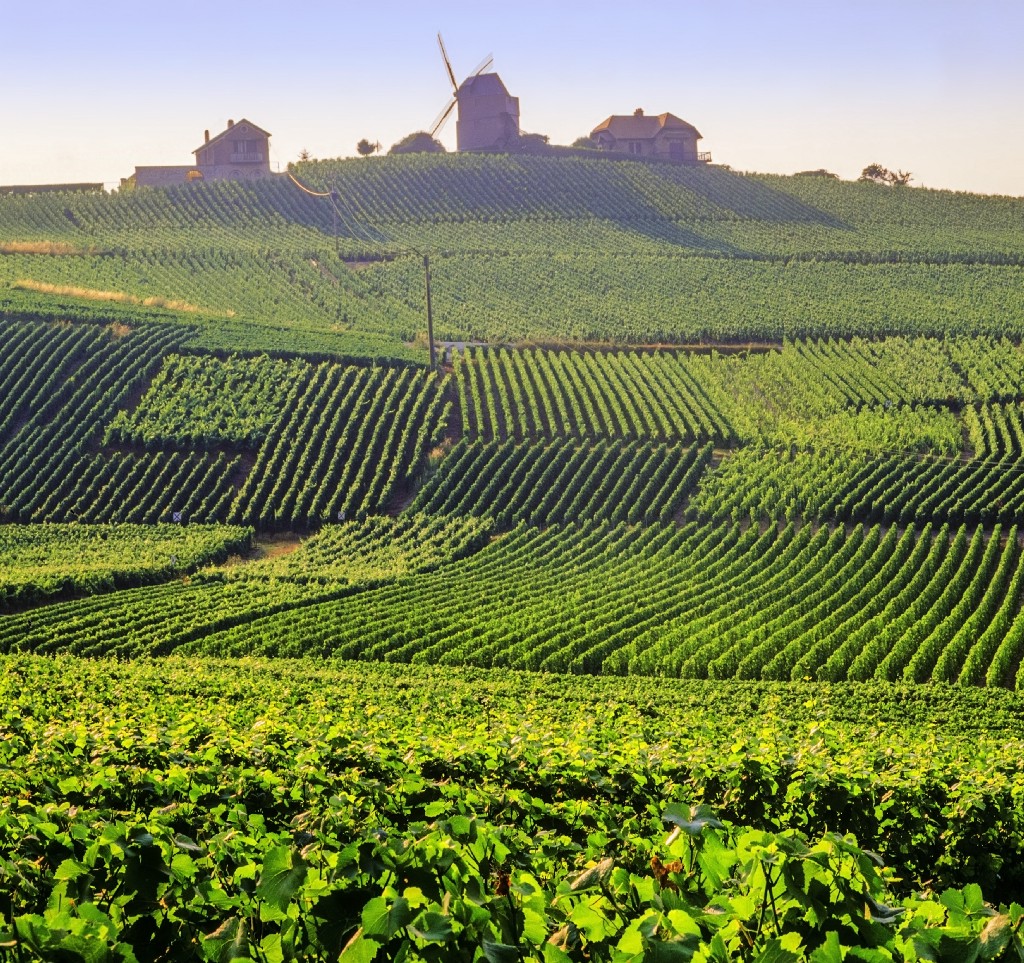
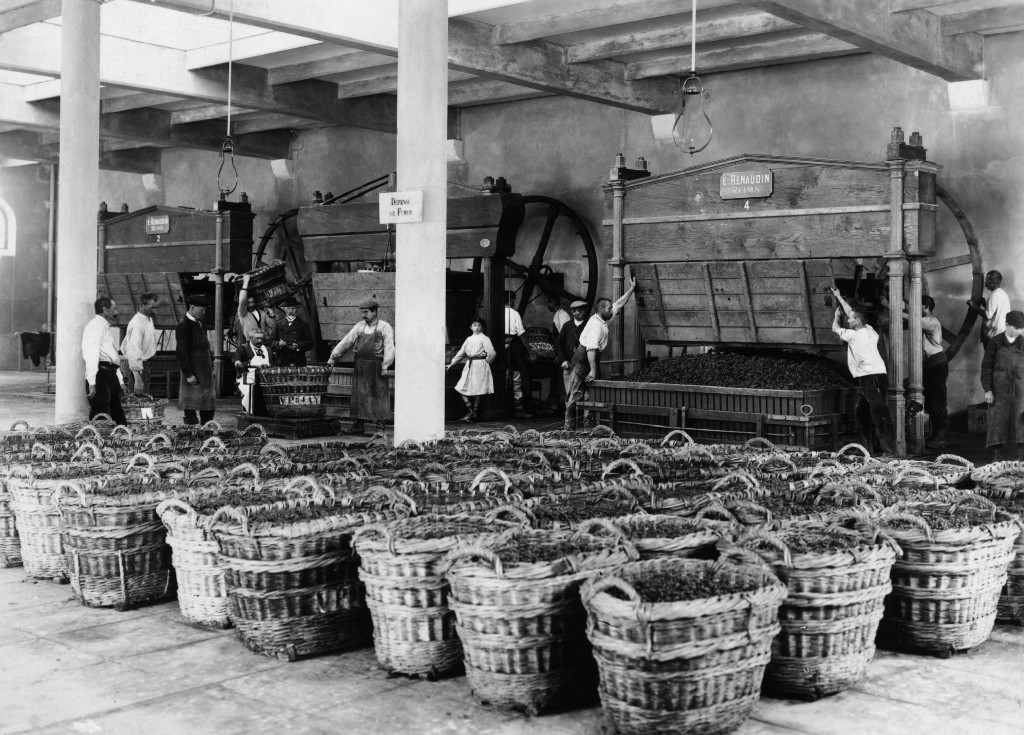

“The only thing that stops me from drinking Champagne every night is the price. When buying Champagne without knowing anything about it, I look out for certain key descriptors such as creamy, bready, or nutty. This is what Champagne is known for, making beautifully balanced, complex wine, which is why it will continue to be the champion of sparkling wine, if not all wine.” — Charlie Fauroat, assistant winemaker from CaliforniaWith its fine bubbles and earthy aroma, Champagne is great with shellfish, pickles or fried food. Even the toniest of wine circles will hold fried chicken and Champagne events. (There’s even a cookbook.)
The new Champagne
Champagne isn’t the only bubbly that uses the méthode champenois. After visiting Champagne in 1872, Catalonian winemaker José Raventós began using it to make sparkling wine in Sant Sadurni d’Anoia, a town near Barcelona. At first the wine was called Champaña, but believe it or not that didn’t sit well with Champagne producers in France. So the stuff was renamed in honor of the many subterranean cavas, or cellars, where the wine was aged. (During the Spanish Civil War, residents took refuge from the fighting in these same cavas.)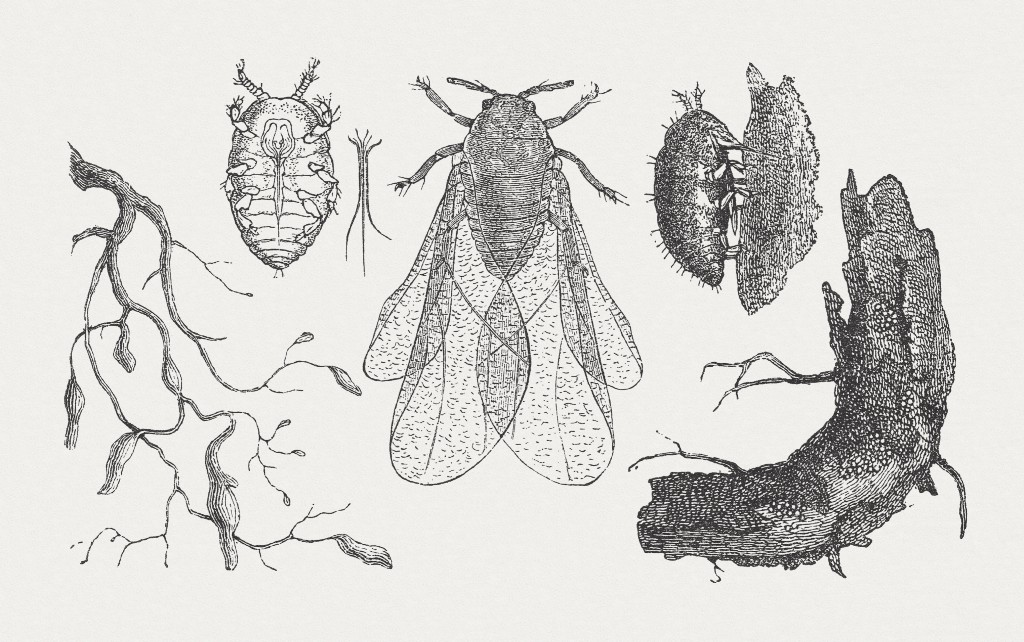
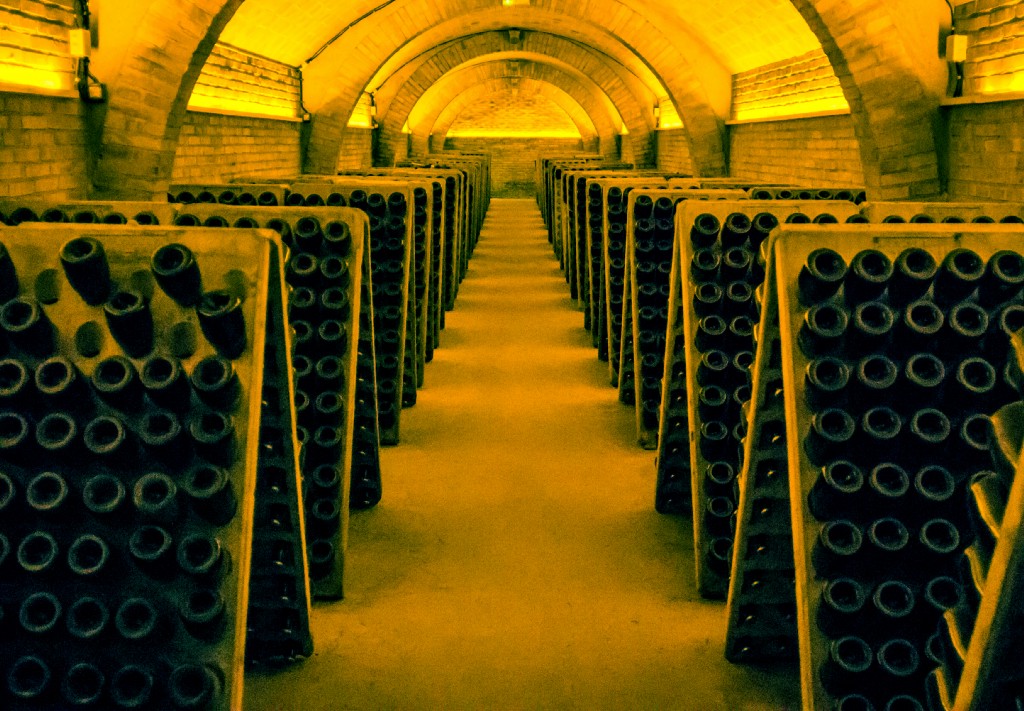
White flowers and honey make Monday night wine
That’s borne out by the surging US popularity of another type of sparkling wine: prosecco. Named after the grape from which it’s made, prosecco is produced in a valley in northeastern Italy, about ten miles north of Venice. (Tip: If you’re looking for a great prosecco, look for the stuff from the Cartizze or Rive vineyards.)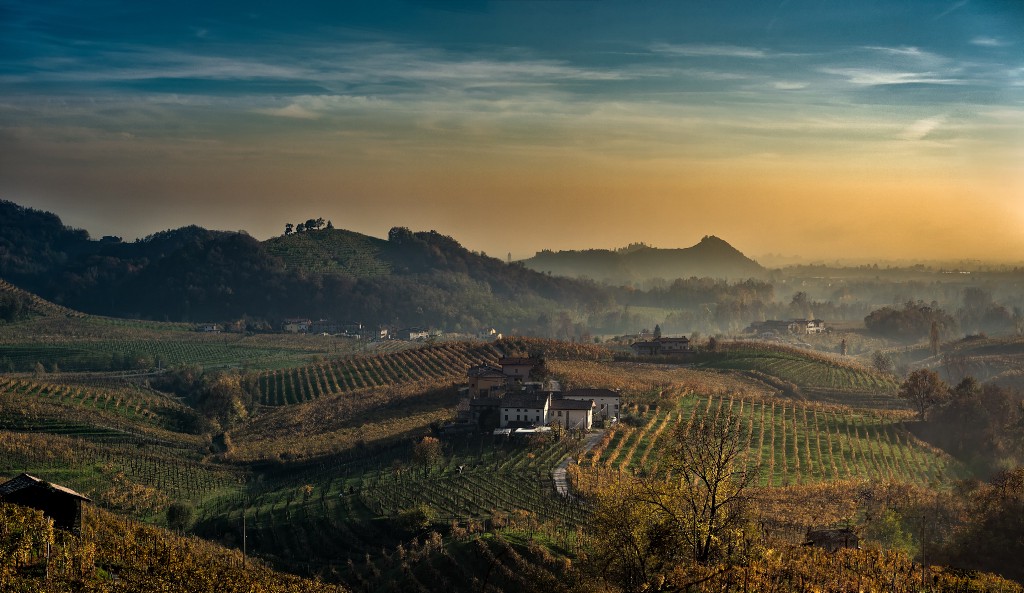
✕
Do not show me this again
